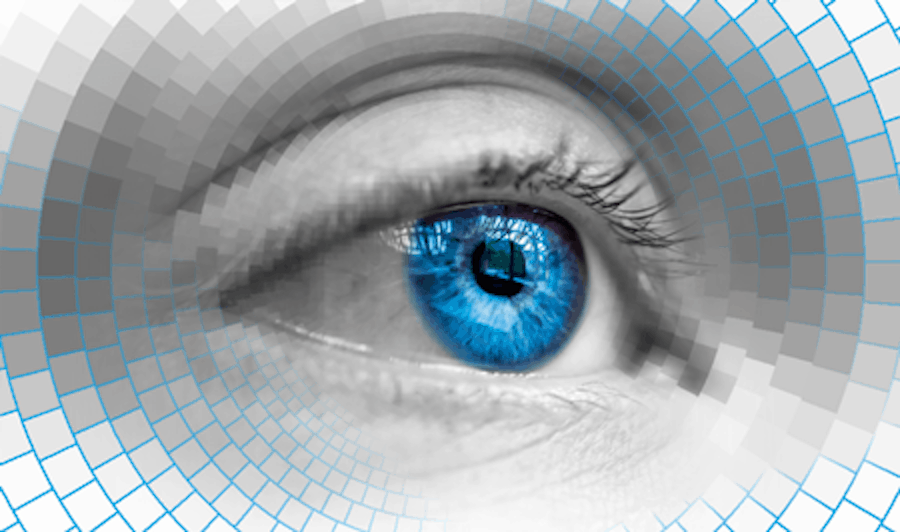Single pixel perception sharpens focus in frames
A video camera that mimics the way the brains of humans and animals focus their visual attention on the most important object in a scene has been developed in Scotland.

The sensor, developed by researchers at Glasgow University, uses just one light-sensitive pixel to build up moving images of objects placed in front of it.
The device, unveiled in Science Advances, operates by prioritising important objects within the scene, while devoting less processing power to peripheral regions.
Single-pixel sensors are much cheaper than the megapixel devices found in digital cameras, and can create images at wavelengths where conventional cameras are expensive or do not exist, such as at the infrared or terahertz frequencies.
The sensors consist of a conventional lens and a digital micromirror device (DMD), which is made up of a number of mirrors. Each mirror can be individually switched on, to transmit the light from that section of the scene to the sensor, or switched off, to block the light.
Chess board-like masks, in which half of the mirrors are turned on and half are turned off, are used to create the patterns that are displayed on the DMD, according to Dr David Phillips, who led the research.
Register now to continue reading
Thanks for visiting The Engineer. You’ve now reached your monthly limit of news stories. Register for free to unlock unlimited access to all of our news coverage, as well as premium content including opinion, in-depth features and special reports.
Benefits of registering
-
In-depth insights and coverage of key emerging trends
-
Unrestricted access to special reports throughout the year
-
Daily technology news delivered straight to your inbox










UK Enters ‘Golden Age of Nuclear’
The delay (nearly 8 years) in getting approval for the Rolls-Royce SMR is most worrying. Signifies a torpid and expensive system that is quite onerous...